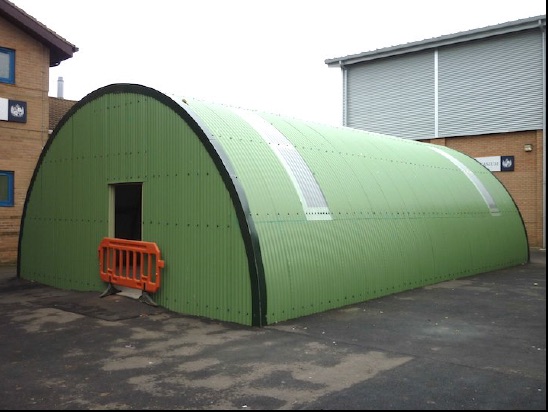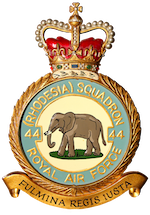Brian Riley, the Curator of RAF Dunholme Lodge Heritage Site, sent the following press release:
Plans for a brand new RAF museum on the site of a school have gathered pace with the appointment of a new curator. The William Farr C of E Comprehensive School project aims to create a museum to celebrate and preserve the history of RAF Dunholme Lodge – which inhabited the site before the school opened.
The school has already had a special Nissen Hut constructed at the school to house the artefacts it has collected over the last few years. Now a former RAF intelligence officer and keen military historian has been appointed as curator of Dunholme Lodge Heritage Centre. Brian Riley has started work on the mammoth task of cataloguing the large number of possible exhibits and stores of memorabilia gifted to the school over the last few years. He has enlisted the help of a conservation specialist from Suffolk to advise the academy on how to best display and preserve the material they have. Mr Riley has also discovered the foundations of many of the old RAF Dunholme buildings in woods behind William Farr and is now working with a woodland management team to uncover the remains. He hopes to create an interpretive trail which will feature the buildings. It is hoped a temporary display will be installed in the centre by April, in time for the annual reunion of the 619 squadron at the school, with the project completed later this year.
The grass airfield at RAF Dunholme Lodge was first used by the Royal Air Force during 1941. It was officially opened as an RAF station in September 1942 as part of RAF Bomber Command with the building of three hard runways. The main occupier of the station was 44 Squadron, with the Avro Lancaster four-engined heavy bomber, which moved in from RAF Waddington in May 1943 and stayed until it moved to RAF Spilsby in September 1944.
At its height RAF Dunholme Lodge housed 2,000 staff and 60 Lancasters and was one of the most important bases in the county. In November 1944 flying operations ceased due to the proximity of other stations which did not allow night flying. At the end of the war 120 Lancasters had been lost on operations from Dunholme Lodge. In the latter war years the base was used for the manufacture of large gliders which were vital to
operations in Germany.
“I’m really excited about the project and honoured to be playing a key role in the creation of this new heritage project,” said Mr Riley. “I’m particularly interested in the social history of the base, as well as its military heritage. The effect of the massive construction effort and the introduction of 2,000 people to such a small village must have been profound. “We want to tell the story of the base and its staff, the sacrifices they made but also the part it played in the village as a whole.”
The centre is now appealing for photographs and artefacts that may still be in the community. Anyone who has material or stories can contact Mr Riley on b.riley@williamfarr.lincs.sch.uk. For more information contact Jon Grubb on 07780 953575 or Andy Stones on 01673 866900.

The Nissen Hut under construction at the school.
